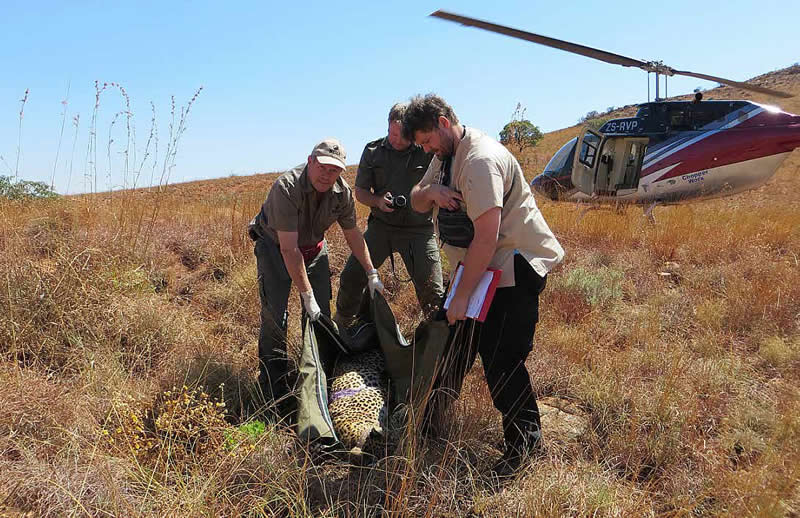Proud history of conservation in South Africa
Releasing a sable into the Ben Lavin Reserve in 1972
At the forefront of wildlife and environmental conservation for nearly a century.
Founded in 1926, WESSA (Wildlife and Environment Society of South Africa) has a long and proud history of championing the protection of South Africa’s rich natural heritage.
As we approach our centenary, we reflect on a rich legacy of advocacy, action, research, and environmental education, while looking forward to continued innovation in the face of current environmental challenges such as climate change, biodiversity protection and pollution reduction.
Founding and Early Years (1926-1945)
Although officially founded in 1926, WESSA’s history stretches back to 1883 and the establishment of the Natal Game Protection Association. In March 1926 various local and provincial conservation groups united to form a powerful national body dedicated to environmental advocacy.
The driving force behind the creation of this new organisation was to motivate public opinion, pressuring the government to establish a National Parks Board (now known as SANParks), to secure the proclamation of Kruger National Park, and advocate for the creation of additional national parks across South Africa.
During the early years, WESSA launched several key initiatives, including the establishment of protected areas such as Addo Elephant Park, in Gqeberha in 1931, which laid the foundation for modern conservation efforts. Between 1930-1940, the society expanded its focus beyond wildlife protection to broader environmental concerns. These efforts were instrumental in preserving South Africa’s unique biodiversity during a time of rapid development and industrialisation.
Expansion and consolidation (1946-1965)
The post-war years saw WESSA expand its reach and influence. Renamed the Wildlife and Environment Society of South Africa in the 1950s, WESSA continued to promote environmental stewardship and conservation.
In 1952, we initiated educational programmes in Twinstreams, aimed at developing a conservation ethic among South Africans of all ages. This period was marked by the growth of WESSA membership and the establishment of regional branches, which enabled more localised conservation efforts. By the 1960s, WESSA had become a formidable force in environmental advocacy, influencing policy and public attitudes toward nature conservation.
The Environmental Movement (1966-1985)
The 1970s marked a pivotal era for environmental advocacy. During this time, WESSA led ground-breaking campaigns that reshaped public policy and brought environmental issues to the forefront of national consciousness. One of the most notable achievements was the campaign against the indiscriminate use of pesticides and their detrimental effects on wildlife and ecosystems.
WESSA’s advocacy efforts during this period were not limited to policy change. We played a crucial role in grassroots mobilisation, empowering communities to take action in protecting their local environments. This approach not only amplified our impact, but also promoted a sense of ownership and responsibility among the public.
Technological Advancements and Research (1986-2005)
The advent of new technologies led to significant breakthroughs in wildlife research and habitat restoration. The use of satellite tracking and geographic information system (GIS) mapping allowed for more precise monitoring of endangered species and ecosystems. These technological advancements facilitated better data collection and analysis, informing more effective conservation strategies.

For many years the farm, Twinstreams, owned by Ian Garland, served as a base for ecological lectures .

Participants in the field work section meeting at Giants Castle in 1967.

Teacher training at Dwesa-Cwebe Nature Reserve in Eastern Cape, July 1976.
During this time, WESSA also strengthened its partnerships with academic institutions and international conservation organisations. Collaborative research projects expanded the scope and depth of conservation knowledge, providing a solid scientific foundation for advocacy and policy initiatives.
Recent history and current initiatives
(2006-present)
Today, WESSA continues to innovate and lead with projects and programmes that address the most pressing environmental issues of our time. Our strategic focus areas – climate action, biodiversity and habitat integrity, and pollution reduction – reflect our commitment to comprehensive and impactful conservation work.
Our commitment to education remains a cornerstone of our mission. Programmes like Eco-Schools and Young Reporters for the Environment engage young people in environmental stewardship, driving a generation of informed and active conservationists. Our Coastal Programmes promote sustainable tourism and coastal conservation through eco-labels like Blue Flag, Green Coast and Green Key.
WESSA operates five Foundation for Environmental Education (FEE) programmes in South Africa. As a founder member of the International Union for Conservation of Nature (IUCN), we contribute to global conservation efforts, and through our partnership with UNESCO, we support education for sustainable development in southern Africa.

WESSA plays a crucial role in the conservation of rhino and other threatened species.

Leopard relocation.
WESSA – 100 years and beyond
As we look ahead to celebrating our 100th anniversary in 2026, we take pride in our history of collective action in the pursuit of environmental conservation.
We remain committed to our mission, inspired by the motto that has guided us for nearly a century: “People Caring for the Earth.”
We face the future with determination, and renewed vigour to champion environmental governance and inspire positive change driven by passion and purpose.

Why the sable as our logo?
Back in 1926 when the Wildlife Protection Society was formed, it replaced The Transvaal Game Protection Association (TGPA) which had the sable as its symbol. At the time, the sable was seen as a prized “game” species. It was, and still is, a popular trophy animal for hunters.
The sable is magnificent in appearance, extremely aggressive, and when confronted by a predator, often opts to attack rather than flee. It is a mixed feeder in that it is able to both browse and graze, making it a resilient and tough species.
Over the years, many versions of the sable have been used to represent our organisation. The Conservationist and the Killers claims that as many as 7 variations have been used since 1926.
Is there a chance that the sable was actually meant to be the blou bok (Hippotragus leucophaeus), which is a species that was hunted to extinction by European settlers? The blou bok had a very similar head to the sable and they are a closely related species.
The story of the blou bok is very similar to the quagga, and follows a storyline that more closely represents why the Wildlife Society was formed in the first place – to protect animals from being hunted to extinction.
Today, the WESSA sable continues to be revered by many South Africans. It remains a symbol of the extraordinary work of thousands of WESSA members, volunteers, supporters and employees over 92 years.
